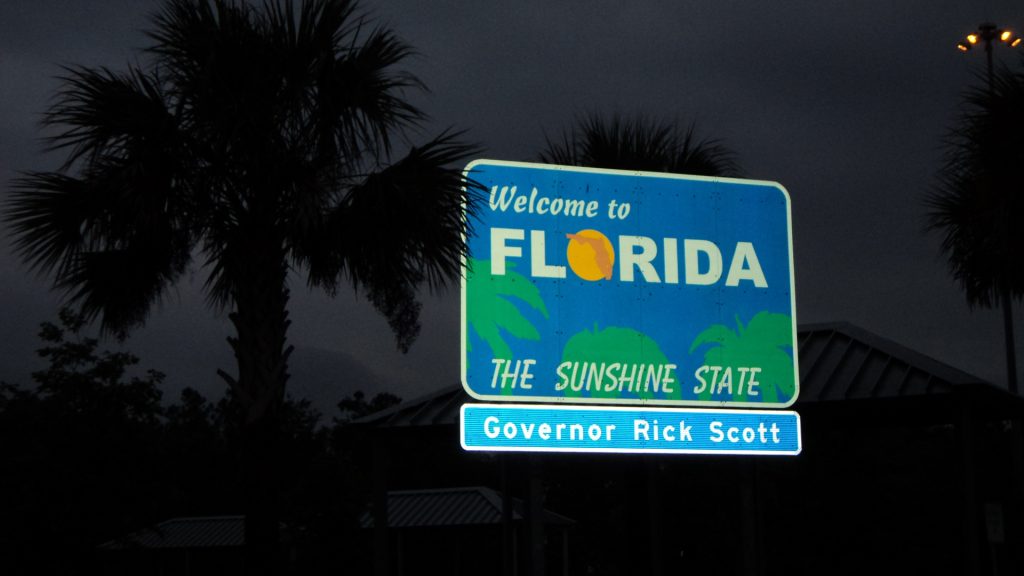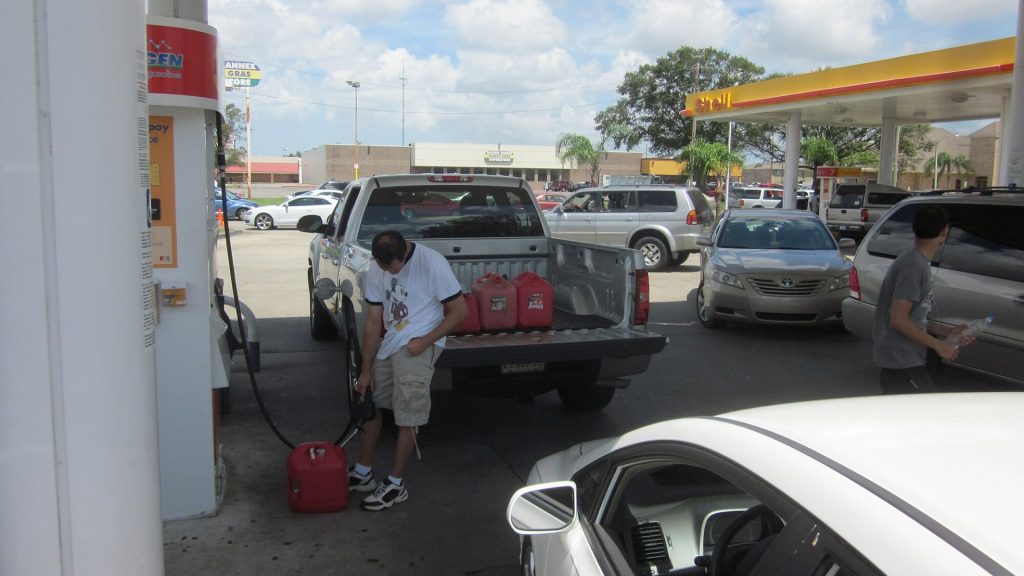Over 417,000 new residents flocked to Florida last year, driving a nearly 2% spike in population – the largest in the nation. Millennials and others are drawn by the hot job market, warm weather, and lack of income taxes. However, many struggle with housing costs, insurance premiums, and storm recovery.
Newcomers Power Florida’s Growth
Florida added over 400,000 new residents last year, fueling a population jump of 1.9% – the fastest growth nationwide. An analysis of Census data found Florida transformed into a top destination for millennials thanks to its beautiful weather and lack of an income tax. With no end to the migration wave in sight, the state’s economy continues expanding.

The influx of new residents is creating massive demand for housing across Florida. Home prices rose 5% in the state last year, less than half the 11% decline seen nationally. With remote work making relocation possible, more young people can move to the Sunshine State in search of their dream lifestyle.
Businesses Bring Jobs to Florida
Corporate moves and expansions in Florida surged an astonishing 86% over the past 12 months – the largest increase across all 50 states. These new company headquarters and offices bring high-paying jobs, spurring even more interest from young job seekers looking to relocate.

Specifically, Jacksonville, Tampa, and Miami alone gained the highest number of corporate headquarters nationwide last year. Given the seemingly endless influx of new residents from other states, Florida’s unemployment rate is projected to stay extremely low for the foreseeable future. Economists predict Florida will continue dramatically outperforming the overall US economy.
New Yorkers Flock to Florida Living
Florida’s explosive population boom is happening at the direct expense of states like New York and California. Recent migration data shows the number of people moving from New York to Florida vastly outpaces those going in the other direction.

Aside from the obvious draws of Florida’s tropical climate and lack of an income tax, the rapidly expanding job market offers new residents exciting employment opportunities. Florida snapped up the highest number of new corporate headquarters last year. However, hidden nagging costs like insurance still catch many people by surprise.
Insurance Costs Triple the US Average
Home insurance premiums in Florida spiked a shocking 68% last year alone – the steepest home insurance increase seen nationwide. Floridians also pay the second-highest auto insurance rates in the US.

The regular pummeling Florida receives from hurricanes and tropical storms drives up insurance costs across the board for homeowners and motorists alike. Renters trying to relocate to Florida also face painfully high rents due to overwhelming demand from new residents flooding into the state. Many outsiders moving to the Sunshine State are caught completely off guard by astronomical insurance costs.
Inflation Runs Higher Than US Avg.
Florida’s inflation rate trailed only Hawaii and Washington DC in December 2022. Prices in the Miami metro soared 5.7% year-over-year – a shocking 70% higher than the 3.4% national inflation average.

The Tampa region saw 6.2% inflation last month, the second-highest rate nationwide. Housing, food costs, gas, and consumer goods are seeing some of the biggest price hikes. While Florida residents keep more of their paychecks without state income tax, other living expenses quickly sap people’s budgets.
Healthcare Carries High Costs
Florida has the 4th most expensive healthcare costs in America since employers cover far less insurance premiums compared to other states. Even Floridians with decent health insurance struggle under weighty medical bills and sky-high prescription costs.

Caring for an aging population while serving the needs of new residents is stretching hospitals and providers thin. With little regulation of the healthcare industry, medical providers continue charging astronomically high rates for all services. Many young people find themselves floored by healthcare expenses in Florida.
No Income Tax But Lacking Services
Florida is one of only nine states nationwide without any income tax. But the tradeoff is substantially fewer public resources for critical services like road maintenance, public transit, and education.

While saving thousands per year in income tax sounds fantastic, the daily reality of nightmarish commutes on crumbling roads plus very costly private schools causes some to rethink the costs. Property and sales taxes don’t cover the revenue gap, leaving Florida lacking in areas that impact daily quality of life.
Storms Bring Risk of Major Damage
Being situated in the subtropics leaves Florida vulnerable to hurricanes and tropical storms every summer and fall. These cyclones unleash damaging high winds, storm surge flooding, and tornadoes that wreak havoc across huge areas. Rebuilding in their aftermath takes many months.

Homeowners insurance helps offset repairs from catastrophic damage but often fails to cover the full cost. Renters are left frantically trying to find a habitable rental while awaiting fixes to their storm-battered apartments. Preparing for and recovering from tropical storms is mentally and financially draining for residents.
Many Newcomers Don’t Last Long
According to one Miami real estate professional, up to half of new residents in Florida leave the state again within two to three years of moving there. Reasons for the short tenure include hidden costs, destructive weather events, and unsatisfying job options after the initial thrill fades.

The vacation atmosphere wears off quickly for many transplants once daily life sets in. And when better job opportunities or housing availabilities pop up in other states, high Florida rents make it simpler for younger adults to abruptly pull up stakes. The cycle of new eager residents arriving while half bitterly leave keeps spinning.
Florida Draws Young People In, But Some Can’t Stay
Florida’s natural beauty, sunny weather, and attractive job market bring an endless flood of young people looking to call the state home. But the hidden costs of uninsured hurricane destruction, exponentially rising healthcare, persistently sky-high inflation, and painfully expensive insurance premiums cause many starry-eyed transplants to quickly flee Florida.

State leaders count on a steady supply of new residents and businesses to keep propelling economic growth. However, time will tell whether the next generation stays permanently or just briefly passes through Florida on their way to other states.






